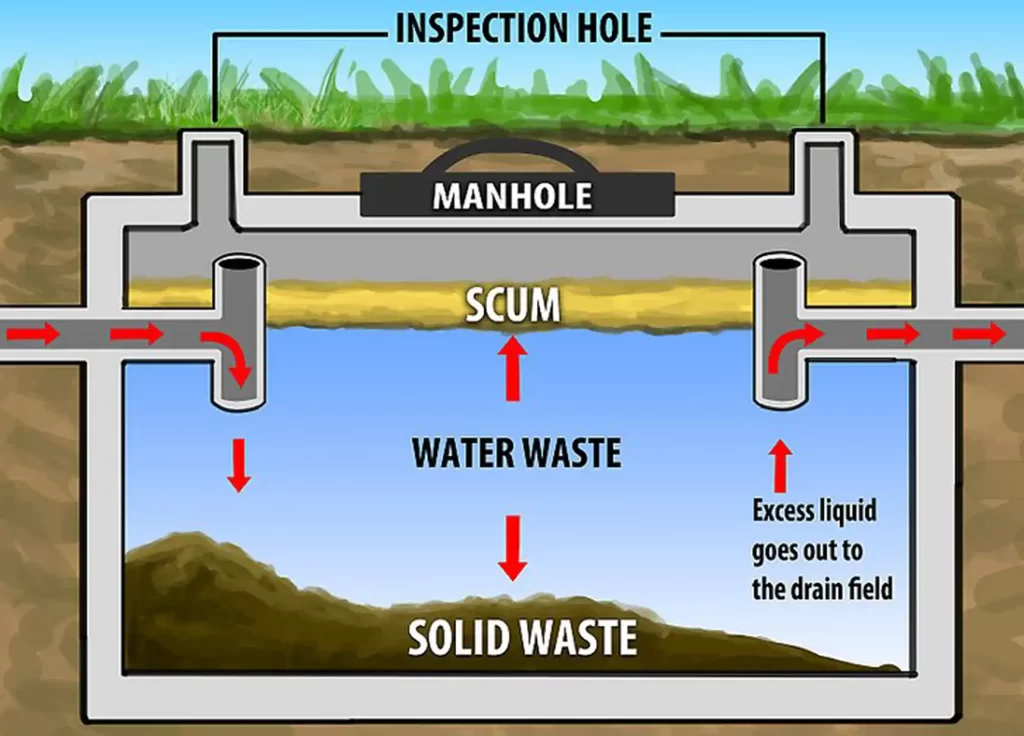A well-maintained septic system is essential for the smooth functioning of a household’s wastewater management. Understanding the key secrets to maintaining a septic system can prevent costly repairs, ensure environmental safety, and promote overall longevity. Firstly, regular inspections are paramount. Consistent monitoring of the system’s components, such as the tank, pipes, and drain field, helps identify potential issues before they escalate. Homeowners should schedule professional inspections every three to five years to assess the system’s health and address any emerging problems promptly. Proper waste disposal practices play a crucial role in septic system maintenance. Septic tanks are designed to handle specific types of waste, and introducing non-biodegradable items or excessive amounts of harsh chemicals can disrupt the natural balance within the tank. Avoid flushing non-biodegradable materials, such as sanitary products, paper towels, and grease, down the drains. Opt for septic-safe toilet paper and consider using a garbage disposal sparingly or not at all.

Additionally, reducing water usage helps maintain the optimal balance of bacteria within the septic tank. Water conservation measures, such as fixing leaks, using low-flow fixtures, and spreading laundry loads throughout the week, prevent overwhelming septic service in San Antonio system and allow for effective waste breakdown. Regular pumping is another secret to a well-maintained septic system. Over time, solids accumulate in the tank, reducing its capacity and potentially leading to backups and system failures. Pumping the septic tank every three to five years, depending on household size and usage, removes accumulated sludge and prevents it from entering the drain field. This proactive approach ensures that the system operates efficiently and extends its overall lifespan. Landscaping choices can significantly impact the health of a septic system. Planting trees or shrubs too close to the septic components can lead to root intrusion, causing damage to pipes and the tank.
It is crucial to maintain a clear zone around the septic system and choose vegetation that has shallow root systems. Furthermore, directing surface water away from the drain field prevents oversaturation, allowing the soil to effectively treat and absorb wastewater. Educating household members about septic system care is essential for its longevity. Informing them about what can and cannot be flushed or poured down the drains ensures that everyone contributes to the system’s well-being. This includes awareness about the location of the tank and drain field to prevent accidental damage during construction or landscaping activities. In conclusion, unlocking the secrets to a well-maintained septic system involves a combination of regular inspections, proper waste disposal, scheduled pumping, thoughtful landscaping, and educating household members. By implementing these practices, homeowners can foster a healthy and efficient septic system, avoiding potential issues and costly repairs while contributing to environmental sustainability.
